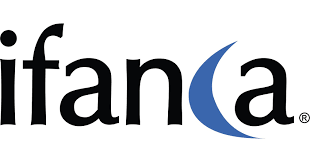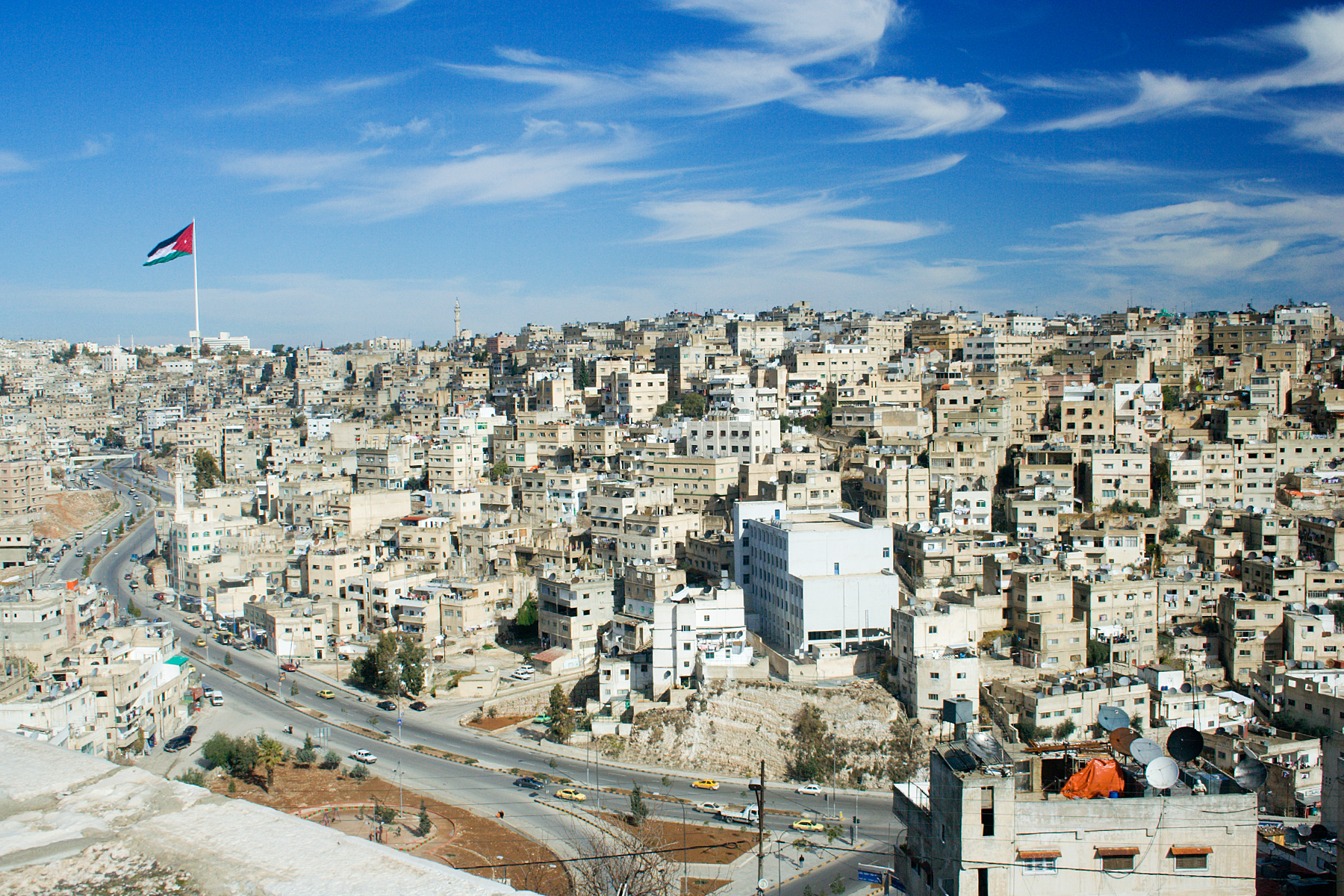
What are the opportunities for Jordan’s halal food market in the face of regional crises?
Photo: Amman, capital city of Jordan / David Bjorgen / CC BY-SA 3.0
Jordan’s food sector is primarily halal but the sector has been impacted by instability in the Middle East. A national certifier is set to be introduced and manufacturers are hopeful that exports will rebound. How can halal food companies in Jordan position themselves for success?
YOUR PAIN POINTS ADDDRESSED |
ASK YOURSELF |
|
|
Scenario: You are a medium-sized food manufacturer operating in Jordan and seeking to expand. |
What are the challenges and opportunities facing Jordan’s halal food market? |
What is the overall size and growth trajectory of the halal food market in Jordan? |
| How has the trade balance for food been affected by recent developments? | ||
| What regulatory changes and opportunities are there for halal food manufacturers in Jordan? | ||
MARKET OVERVIEW
Jordan imports 95 percent of its food, valued at over $4 billion a year, according to the country’s customs authority. As the majority of the country’s population is Muslim, most produce in the country, especially meat, is halal.
“More than 90 percent of food is halal, and it is difficult to import non-halal produce. If it’s not halal, that should be clearly mentioned,” Ammar Darkeznli, Territory Manager at Amman-based Amana Foods Industries, told Salaam Gateway.
That said, there is low consumer awareness about the overall halal food sector; as in the rest of the Middle East and North Africa (MENA), the focus is on halal meat. “Most of the dairy products are halal, although people don’t ask and don’t check. The only item most people check is meat,” Darkeznli added.
Jordan is extremely arid and suffers from water shortages. Just 10 percent of the land is arable, so agriculture and livestock are a small part of its economy, accounting for less than 2.4 percent of GDP.
As a result, the country only has 266,000 head of cattle, a sufficiency of 14 percent, and imports 603,000 metric tons of processed and prepared foods, valued at $902 million; 153,000 metric tons of meat, valued at $463 million; and 1.2 million head of live animals, valued at $187 million, according to the United States Foreign Agricultural Service (USFAS).
With regard to sheep, the country is 35 percent sufficient, with 2 million head, and it exports 600,000 sheep per year to the Gulf Cooperation Council (GCC) countries, a key export market for the country.
In poultry, however, the country is 87 percent sufficient, according to government data.
GEOPOLITICAL IMPACTS
Jordan has both benefited and suffered from its geographical position bordering Syria, Palestine, Saudi Arabia, and Iraq. Following the United States invasion of Iraq in 2003, Jordan saw an influx of Iraqi refugees, and the country benefitted from investment and a real estate boom. Since the Syrian conflict in 2011, however, Jordan has been negatively affected by the crisis, which has cost the country an estimated $5 billion in economic losses, according to the United Nations.
A country of 6.6 million, Jordan hosts 937,830 Syrian refugees, according to the United Nations, with 80 percent living outside of refugee camps.
The influx of refugees and Syrian businesses that had relocated to Jordan initially boosted meat and food imports. “After 2011, due to the chaos, Syrian factories came to Jordan to keep supplying the Syrian market as well as to export elsewhere,” said Darkeznli.
Illustrative of the boost for Jordan are the approximately 3,000 Syrian restaurants and sweet shops that have opened in the country since 2012, investing some 65 million Jordanian dinars ($91.5 million), according to the Jordan Chamber of Commerce.
WEAKENED TRADE
However, the ongoing crisis has led to worsening economic conditions, reflected in a drop in imports and exports.
According to the Department of Statistics, in 2015 total exports fell by 6.6 percent to 5.558 billion Jordanian dinars ($7.8 billion) and imports fell by 11.3 percent to 14.436 billion Jordanian dinars ($20.3 billion).
“The market, as all over the world, is bad. Prices are stable, but every time we buy, prices go up and down. All importers and exporters are losing, and our industry is having a difficult time. People are scared to spend due to the political situation around us, and refugees are a big problem as we are not a rich country,” said Mohamed Kamel Shaaban, General Manager of the National Trading Company.
What has hit the sector particularly hard is the closure of Jordan’s borders with Syria and Iraq due to security concerns. Iraq was Jordan’s top export market at $374 million, followed by Saudi Arabia, Kuwait, Qatar, Syria, Bahrain, Egypt, and Lebanon.
Food is a large component of exports: In 2014, preserved and processed foods were the second biggest export overall (behind fresh fruits and vegetables) at 124,314 tons, or $172.7 million, processed meat amounts to 18,356 tons, valued at $70 million, and other meat reached 8,068 tons, valued at $15.1 million, according to a United States Department of Agriculture report (pdf).
The closure of the country’s two northern borders has hit Syrian companies that had relocated. “Our main targets were Iraq, Syria, and the GCC, with 85 percent of our products sold outside of Jordan, the rest locally. What has made things worse was closing the borders with Iraq and Syria, and Jordan only having one port, at Aqaba [in the south]. And every two or three months there is a strike at the port,” said Darkeznli.
Due to these difficulties, Iraqi and Syrian firms are shutting shop in Jordan. This includes Amana Foods, which is relocating to the United Arab Emirates later this year. “The business environment is really difficult. Import and export laws in UAE are better, as is infrastructure,” added Darkeznli.
CERTIFICATION AND OPPORTUNITIES
Exports of halal food have also been affected by the lack of official certification in the country.
Organisation of Islamic Cooperation (OIC) countries are increasingly demanding halal certification, and the Jordan Standards and Metrology Organization, a government initiative, is working on a more recognized official standard to help bolster the sector.
Darkeznli believes that establishing this halal committee and following the UAE’s example, where all products are moving towards certification, will make people take notice and will help the sector.
With exports in a slump, food producers are focusing on the local market.
Sales of raw meat cuts are down. Sales of beef plunged by an estimated 60 percent compared to a few years ago, and overall meat consumption has dropped by at least 30 percent, according to Shaaban.
But this is opening up opportunities to develop the processed food segment. “Processed food and ready-to-eat sales are improving in terms of offerings, and I am buying a meat processing plant,” revealed Shaaban.
Jordan imports not only food but also halal ingredients; there is no local manufacturer in that segment. With better recognized halal certification and a growing processed food sector, there are opportunities to develop the overall halal food chain from meat to ingredients, which could then be sold to other MENA halal food manufacturers.
“It is not a problem getting halal ingredients, although the chain could be improved,” said Shaaban.
|
SUGGESTED ROADMAP FOR JORDANIAN HALAL FOOD COMPANIES |
|
Set yourself up for exports: Secure halal certification and establish customer relationships overseas. |
|
Seek to establish operations abroad: Consider establishing operations in the UAE to gain a broader footing in the global halal market. |

Paul Cochrane, DinarStandard